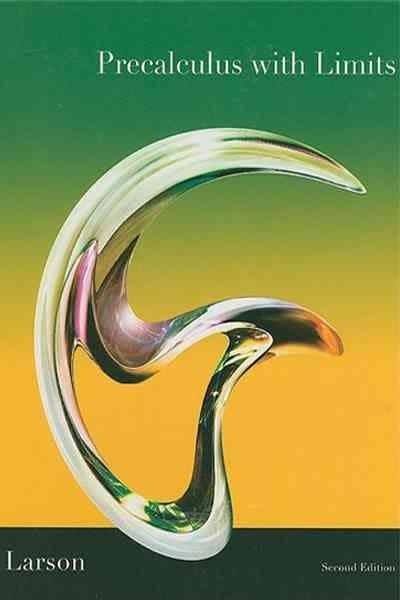Question
Find a container. Find a glass or vase that will hold liquid. Do not choose a glass with straight edges. The more complicated the shape,



Find a container. Find a glass or vase that will hold liquid. Do not choose a glass with straight edges. The more complicated the shape, the better.
Find the volume using the steps below.
a) Graph your vase. You want to center the base of the vase at the origin so that it is symmetric across the x-axis, and trace half of it in the first quadrant. You need to determine the radius of the glass at regularly spaced height intervals, and generate a table of values. Be precise!
b) Create a piecewise equation to model your vase. You may use the regression function on your calculator to determine the equation. Once you generate your equation, rotate it about the x-axis to generate a solid.
c) Calculate the volume of the solid using the disk method. You may use a calculator to integrate, but show your work.
d) Use a measuring cup to measure the volume and determine the difference between the actual volume and the volume generated using your equation. (Hint: 1 cup = 236.588 cm3; 1 cup = 14.4375 in
What is the error between the true volume and the volume you found with the equation? What might have caused this error in volume? Explain.
e) Calculate the surface area of your vase. You may use a calculator, but show your equations.



Step by Step Solution
There are 3 Steps involved in it
Step: 1

Get Instant Access to Expert-Tailored Solutions
See step-by-step solutions with expert insights and AI powered tools for academic success
Step: 2

Step: 3

Ace Your Homework with AI
Get the answers you need in no time with our AI-driven, step-by-step assistance
Get Started


